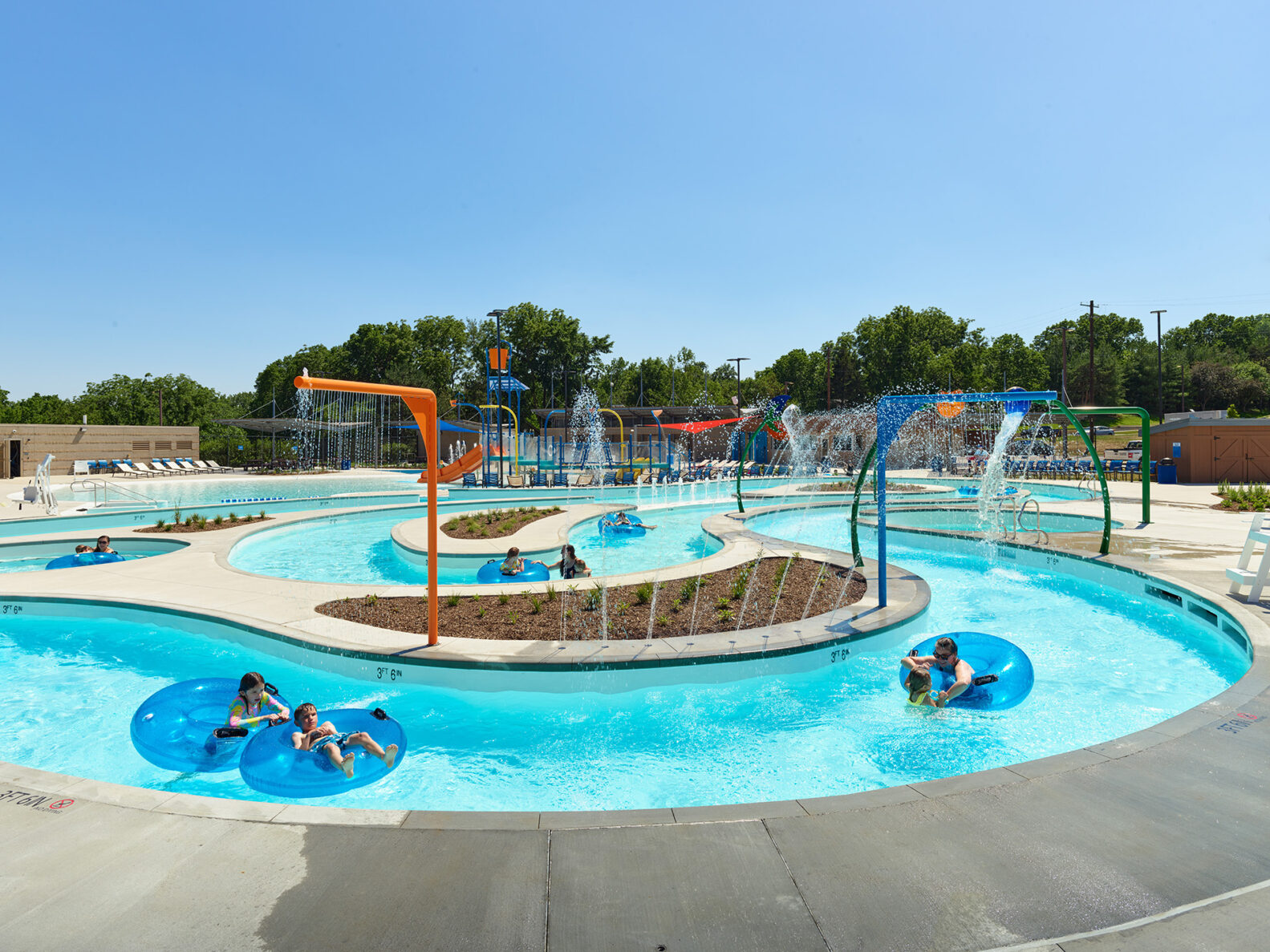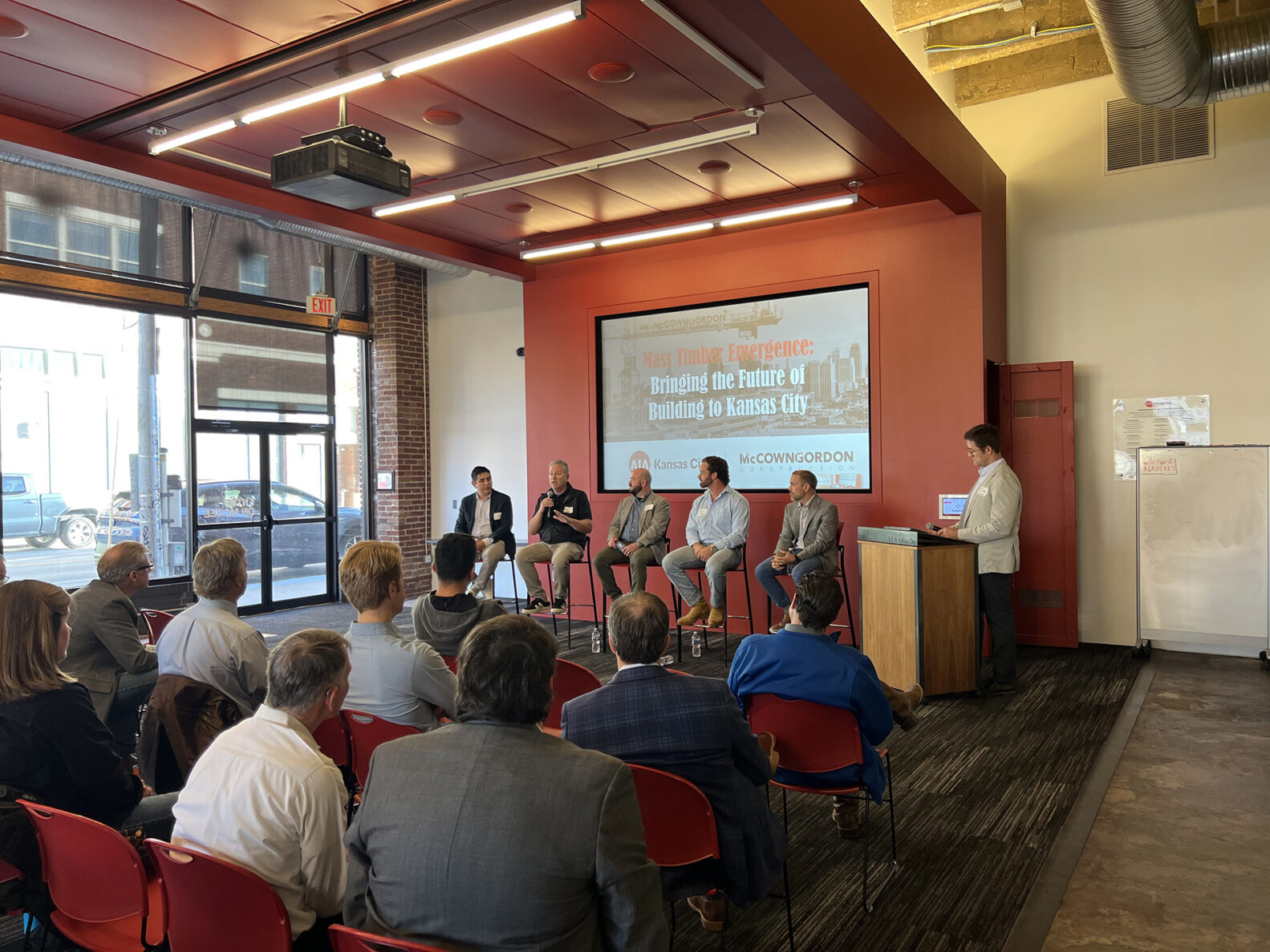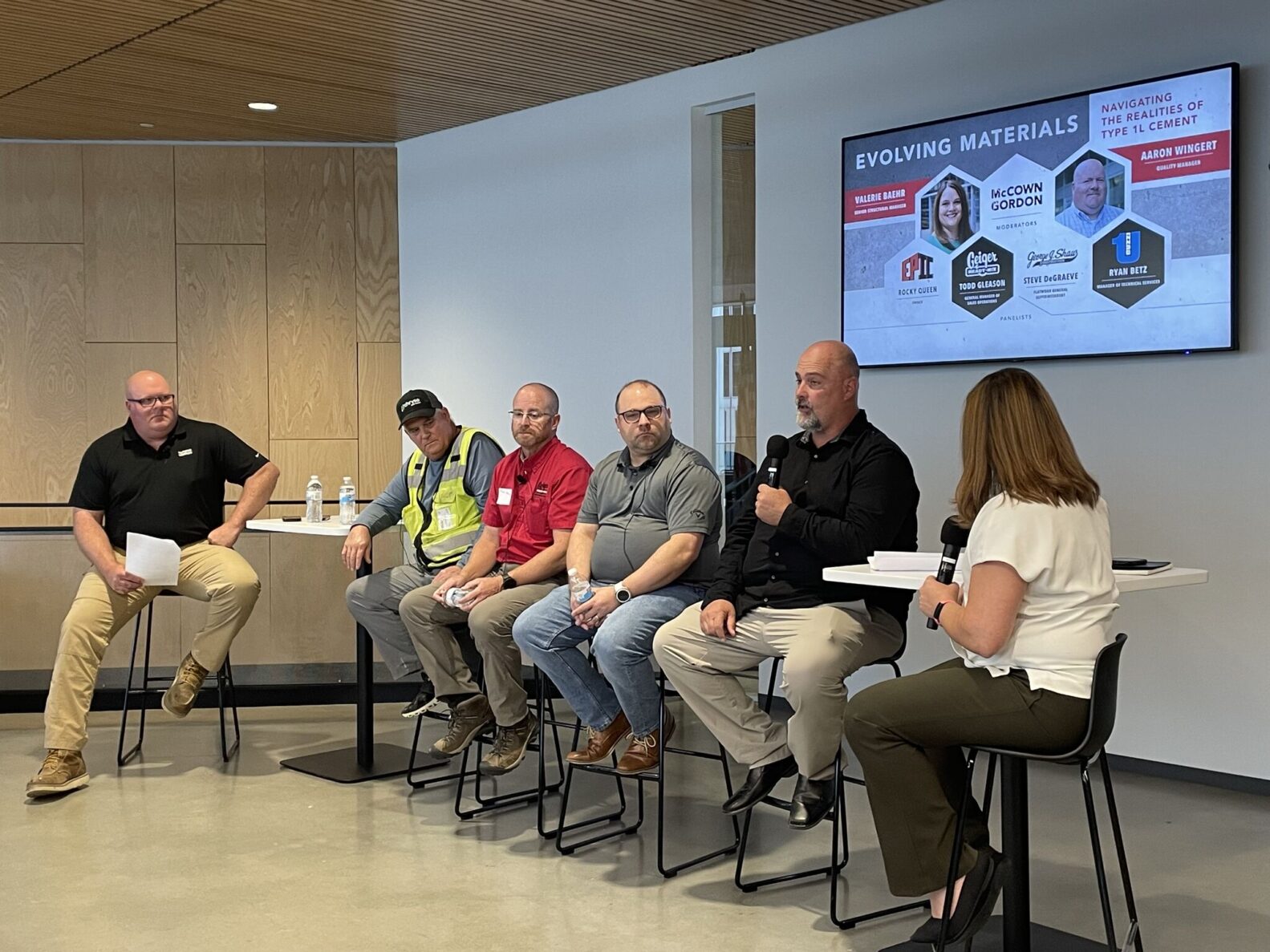Why early involvement from a construction manager may be most advantageous when building an aquatics facility

The construction process for a natatorium or aquatics facility is complex because it involves corrosive environments, the quality of the air and water, underground pipes and foundations, and much more. For owners looking to build a complex structure such as an aquatics facility, a collaborative delivery method such as Construction Manager at Risk (CMAR) offers the best experience to ultimately reduce surprises through preplanning. Early contractor involvement is a critical element in controlling costs through preconstruction and streamlining the overall construction timeline.
Choosing CMAR means taking a collaborative approach. As a partner in your project, our team uses our aquatics experience and advanced tools in concert with the budget and schedule to aid your team in making timely decisions during design that impact the entire project.
PRECONSTRUCTION PLANNING AND COST MANAGEMENT
Decisions made early during preconstruction can greatly affect overall costs for an aquatic center more than most other facilities. Effective planning during the preconstruction phase and making the most out of a project budget are essential for delivering a successful aquatics project. Most aquatics projects have a defined budget and the goal is often to maximize the “fun” factor such as slides, lazy rivers, surf simulators, spray grounds, wave pools, etc. By being involved early, our team can align with the owner and design team to identify areas where costs can be reduced without compromising the visitor experience.
Coordination of underground systems such as piping, foundations, electrical work and bonding also requires meticulous planning in preconstruction. For instance, the timing of the indoor pool shell construction, weather limitations and corrosive environments are all critical factors that can significantly impact the project’s schedule and budget. Our team can assist with the best approach to all these components by implementing our Quality Assurance and Quality Control (QA/QC) team with aquatics experience. They will review designs during preconstruction and manage detailed planning, submittals, and documentation during construction.
TECHNOLOGY INTEGRATION IN CONSTRUCTION
Being able to leverage advanced technology in construction has become a cornerstone for efficient and cost-effective projects. On aquatics facilities, Building Information Modeling (BIM) is one of the most effective uses of technology in accurately modeling the complexity of underground pipes, plumbing, ducts, concrete piers and foundations. Our thorough BIM process allows us to identify clashes well before construction begins to save our clients time and money on their projects.
In addition to BIM, our team implements regular use of drone technology and weekly cloud documentation to enhance project transparency and accuracy. Utilizing these tools allows us to document footings, earthwork, and aid in overall site layout. With continuous documentation, our clients are ensured that every aspect of the project is carefully monitored.
Construction phasing optimization is another example of how technology and pre-planning go hand in hand. Unlike typical building methods where a pool shell is built first, depending on the site, we choose to build the precast structure and complete all the finish work before starting the excavation of the indoor pools. This method of building the structure first not only protects critical finishes from potential damage but also saves the client time and money.
Read more about additional advanced technology being utilized on project sites
ADDRESSING ENVIRONMENTAL AND STRUCTURAL CHALLENGES
Both indoor and outdoor aquatics facilities present their own challenges. When brought on early in the process, we can identify corrosive environments, particular weather and overlooked structural considerations.
An indoor aquatic facility, or natatorium, is particularly challenging to construct due to the large body of chemically treated water present inside. The treated water combined with the humid air can destroy concrete, the building envelope, metal and finishes. This is where material selection is critical and it’s our job as a construction manager to make sure all materials are properly installed. However, outdoor aquatics face a freeze/thaw cycle that can be especially destructive. All finishes must be durable enough to endure drastic temperature fluctuations, and the pool and domestic piping systems must be properly sloped and drained for the winter season. Properly addressing these environmental factors is vital to maintaining functionality and structural integrity.
As a partner, it’s our job to not just construct the facility but to understand the design at the forefront to help uncover even the smallest of structural details. Because there is so much underground plumbing on a pool deck, any structure with a footing, such as a cabana, light pole, or umbrella, can create a challenge for space. BIM modeling and drone footage can be vital in these spaces since they are often overlooked.
Curious about the logistics of the CMAR delivery method and early involvement?




